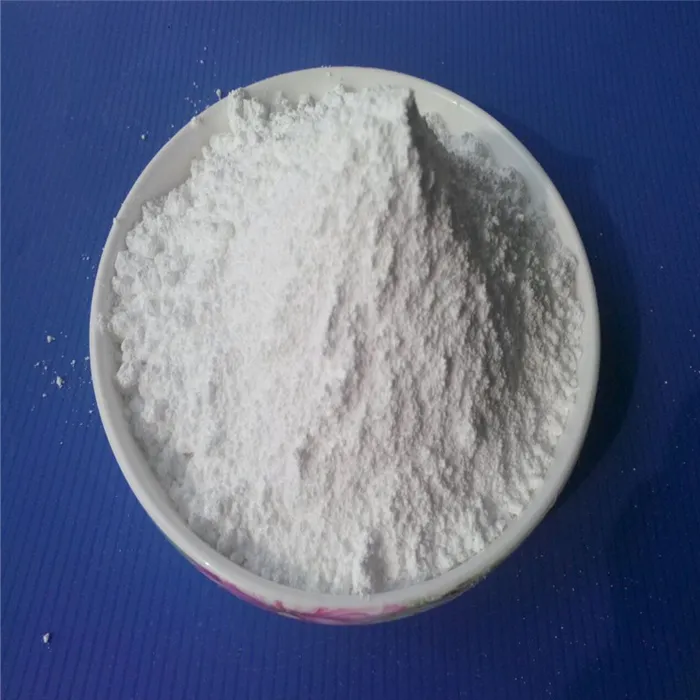The Role of Polyacrylamide in Water Treatment
Water is an essential resource for human life, industry, and agriculture. However, with rapid industrialization and urbanization, water contamination has become a significant concern globally. Polluted water sources not only threaten ecosystems but also pose serious health risks to communities. To address these issues, various water treatment technologies have been developed, and one such method that has gained prominence is the use of polyacrylamide (PAM).
Polyacrylamide is a synthetic polymer that has been utilized in various industrial applications, including water treatment. Its unique properties, such as high molecular weight, excellent viscosity, and ability to enhance sedimentation, make it a valuable tool in the process of clarifying wastewater and removing contaminants.
The Role of Polyacrylamide in Water Treatment
Additionally, polyacrylamide is employed in a variety of applications, including in the treatment of drinking water. It helps to reduce turbidity and improve water clarity, ensuring that the water is safe for consumption. Despite its synthetic origins, PAM is often used in low concentrations, and when properly managed, it poses minimal risks to human health and the environment.
polyacrylamide water treatment

The effectiveness of polyacrylamide in water treatment is influenced by its molecular weight and configuration. High molecular weight PAM is generally more effective in promoting flocculation than low molecular weight alternatives. Moreover, the ionic nature of polyacrylamide can be tailored to meet specific treatment needs; for example, anionic, cationic, or non-ionic variants can be selected based on the characteristics of the wastewater being treated.
Moreover, the application of polyacrylamide can significantly enhance the efficiency and efficacy of conventional treatment methods like sedimentation and filtration. In many cases, the addition of PAM can lead to reduced chemical usage in treatment processes, translating to lower operational costs and less environmental impact. By optimizing these processes, facilities can achieve better overall treatment outcomes, including reduced turbidity levels and improved removal rates for a wide array of contaminants.
While polyacrylamide presents numerous advantages, it is essential to consider potential risks as well. Concerns regarding the degradation products of PAM and the environmental implications of its use have prompted ongoing research. It is crucial for water treatment facilities to adhere to guidelines and regulations concerning the application of PAM to minimize any adverse effects. Sustainable practices and careful monitoring can help ensure that the use of this polymer contributes positively to overall water quality without compromising environmental health.
In conclusion, polyacrylamide plays a vital role in modern water treatment methodologies. Its ability to effectively facilitate flocculation and improve water clarity makes it an invaluable resource in combating water pollution. As the global demand for clean water continues to rise, the application of innovative solutions such as polyacrylamide will be critical in safeguarding public health and preserving precious water resources for future generations. Continued research and development will be essential to harness its full potential while minimizing risks, ensuring that water treatment remains efficient, effective, and environmentally sound.

